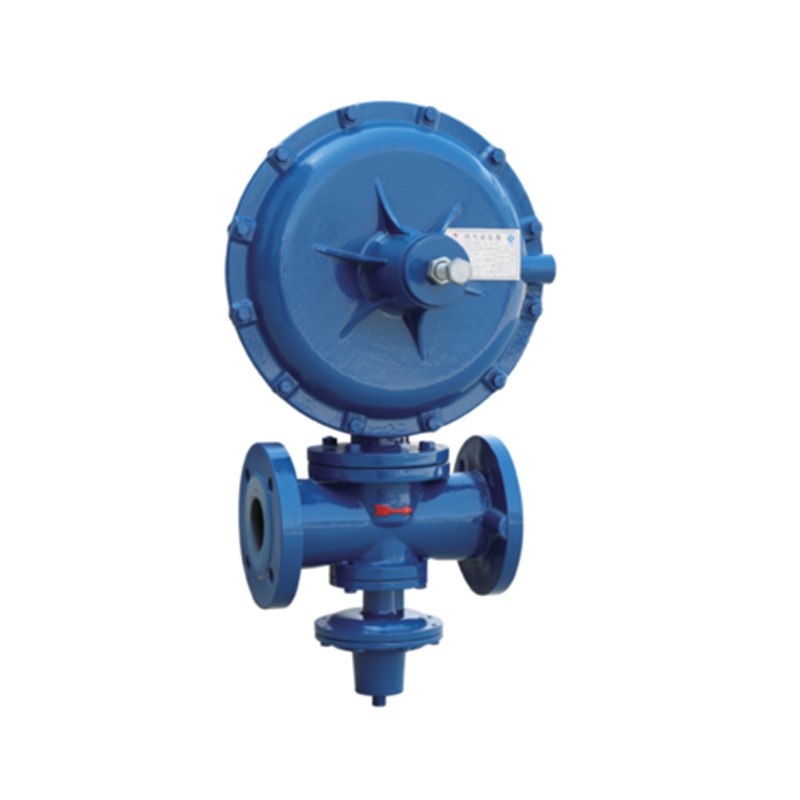
8 月 . 15, 2024 07:55
Back to list
Exploring the Functionality and Importance of Pressure Reducing Valves in Fluid Systems
Understanding Pressure Reducing Valves An Essential Component in Fluid Systems
Pressure Reducing Valves (PRVs) are critical devices utilized in various fluid systems to maintain consistent pressure levels, which are essential for the proper functioning of equipment and ensuring safety. These valves are designed to automatically reduce the incoming pressure from a source to a desired outlet pressure, making them crucial in applications across industries such as water supply, gas distribution, and HVAC systems.
How PRVs Work
At its core, a pressure reducing valve operates on a simple principle it adjusts the flow of fluid to maintain a set downstream pressure, regardless of fluctuations in the upstream pressure. When the upstream pressure exceeds the desired pressure, the PRV modulates its opening to restrict flow, thus lowering the pressure at the outlet. Conversely, if the downstream pressure falls below the set point, the valve opens wider to allow more flow, ensuring stability in the system.
The mechanism inside a PRV typically includes a diaphragm that responds to changes in pressure. This diaphragm is connected to a spring, which is pre-set to a specific force corresponding to the desired outlet pressure. As the inlet pressure rises and pushes against the diaphragm, the spring compresses and the valve adjusts accordingly. This self-regulating feature ensures that the desired pressure remains constant even as demands on the system change.
Benefits of Using Pressure Reducing Valves
1. Protection of Equipment By maintaining a stable outlet pressure, PRVs protect downstream equipment from excessive pressure that could lead to failure. This is particularly crucial in systems that involve pressure-sensitive components, such as pumps, filters, and heat exchangers.
2. Energy Efficiency Properly managed pressure results in less energy consumption. Over-pressurizing a system often leads to higher operational costs and energy wastage, so PRVs help keep the system efficient by optimizing flow and reducing unnecessary pressure drops.
pressure reducing valve

3. Safety High pressure can pose significant hazards, including leaks, explosions, or equipment damage. PRVs provide an essential safety mechanism by ensuring that the pressure does not exceed a specified limit.
4. System Longevity Consistent pressure levels contribute to extending the lifespan of pipes and fittings by preventing stress and inertia that might otherwise lead to leaks or ruptures over time.
5. Water Conservation In agricultural and landscape irrigation systems, PRVs help regulate water pressure, ensuring that water is delivered efficiently without wastage. This not only sustains water resources but also promotes healthier plant growth.
Applications of Pressure Reducing Valves
PRVs are employed in a diverse range of applications. In residential settings, they help regulate water pressure entering homes, preventing damage to plumbing fixtures and appliances. In industrial processes, they ensure that systems operate within safe pressure ranges, facilitating reliable and efficient production. Additionally, in gas distribution systems, PRVs play a key role in maintaining safe delivery pressure, allowing for safe combustion and heating.
Conclusion
Pressure Reducing Valves are indispensable components in today's fluid handling systems. By controlling pressure effectively, they enhance operational safety, protect equipment, and contribute to energy efficiency. As industries continue to seek reliable solutions for managing fluid systems, the role of PRVs will only grow, underscoring their value in both residential and commercial applications. Understanding the functionality and importance of these valves is crucial for anyone involved in the design, maintenance, or operation of fluid systems.
Latest news
-
Unlocking The Quality Gas Pressure ReducersNewsNov.01,2024
-
The Role of Gas Pressure Reducing StationsNewsNov.01,2024
-
The Importance and Functionality of Safety Relief ValvesNewsNov.01,2024
-
The Essential Role of Safety Valves in Natural Gas ApplicationsNewsNov.01,2024
-
The Essential Role of Gas Pressure RegulatorsNewsNov.01,2024
-
Enhance Your Premium Gas FiltersNewsNov.01,2024

